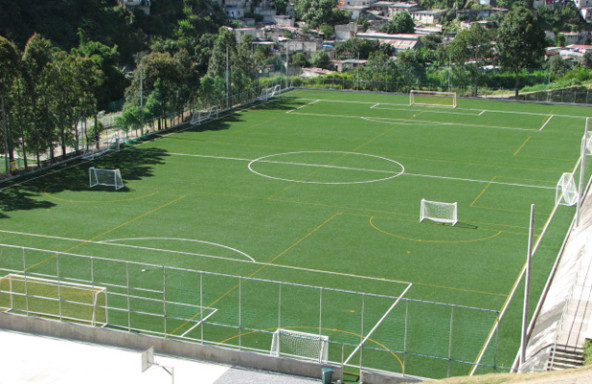Limited resources require smart giving. Giving the same money to do the same thing year after year is not sustainable. As the impact investing market struggles to find itself and overall giving hardly grows at the rate of inflation, how can we give in a sustainable way?
The answer is through what we at Excellence in Giving call ”philanthrovestments”—that is, grants designed to build capacity at a nonprofit organization to provide ongoing revenue streams for operational self-sustainability. Instead of a small gift to cover budget commitments, a major donor or pool of donors make a big gift to launch an enterprise. That enterprise creates jobs, and uses profits to fund the charity’s programs and/or expansion.
But does it really work?
From family philanthropy trip to philanthrovestment
Four years ago, one of the 18 families that we assist with giving (let’s call them “the Willards”) wanted to involve the next generation by taking a family philanthropy trip.
Are you enjoying this article? Read more like this, plus SSIR's full archive of content, when you subscribe.
Since the Willards supported a domestic adoption agency with connections to an orphanage in Guatemala and three of the four Willard children play soccer, we recommended visiting a soccer program for at-risk kids in addition to other charitable projects. The family ended up spending a day playing soccer, meeting Guatemalan kids, and handing out backpacks full of soccer equipment. The Willards built a connection with Global Soccer Ministries Guatemala (GSM), which works to reduce gang involvement by engaging youth in soccer academies.
Creative grantmaking for Guatemala
When the Willards returned home, they wanted to make a gift. GSM Guatemala had a $40,000 budget that needed funding, but the Willards wanted to do something bigger. So we worked with GSM Guatemala to develop a project proposal to double the number of kids served and fund programs for years to come.
GSM Guatemala created a plan to build a multi-field soccer complex in Guatemala City with the best synthetic turf in the country. The complex would facilitate all special events for GSM Guatemala youth soccer academies and earn rental income from outside use. It projected $210,000 in annual revenue at its peak.
 GSM Guatemala "BRIO" Soccer Complex. (Photo courtesy of GSM Guatemala)
GSM Guatemala "BRIO" Soccer Complex. (Photo courtesy of GSM Guatemala)
GSM Guatemala partnered with the Guatemalan local government for donated land and with the Community Sports Development Council in the United States for discounted turf. The Willards donated only $600,000 to build a $1.2 million complex.
Initial returns
Since the official opening of the complex, the community has embraced it and the organization is serving more kids. By the second quarter of business in 2013, GSM Guatemala hit its projected quarterly revenues and could cover all costs associated with the complex and running soccer academies for at-risk kids.
The Willards’ gift of $600,000:
- Built a $1.2 million soccer complex for half price.
- Created 32 new marketing, operations, referee, and maintenance jobs for Guatemalans (an 800 percent employment growth).
- Reached 40 percent more neighborhood kids through soccer academies in first year.
- Funds the entire operation and expansion of GSM Guatemala.
- Will generate the projected $210,000 in revenue each year with potential to reach $300,000 based on third quarter 2013 results.
The process was as difficult and time-consuming as any start-up normally is, but now the revenue pays the 36-member Guatemalan staff and benefits about 500 at-risk kids through soccer academies in some of Guatemala City’s most dangerous areas.
The case for philanthrovestments
The philanthropic sector is under pressure to leverage gifts for greater impact. Impact Investing promises a way forward, but it is mired in debate about what it is and its impact. We still live in a world where, for example, Philanthropy Impact’s London-based Philanthropy Programme spends an entire day trying to figure out if “social investment” is an investment or philanthropy.
Philanthrovestments are real opportunities for philanthropists to realize returns and then relinquish the benefits to charitable organizations they trust. In the next 10 years, the Willard’s philanthrovestment is on track to more than quadruple, generating $2.5 million of revenue from the original $600,000 gift. It’s not an impact investment because the financial returns do not come back to the investor. It’s not a normal grant needed every year to run the same programs. It’s a grant that invests in a revenue-generating, job-creating project so that the organization doesn’t need additional grants to run its programs. It invests in public benefit organizations with the agreement to donate all ongoing profits to the cause.
This model will not work for all charitable tasks (for example, it won’t work for immediate disaster rescue and relief), but for some, it enables a gift to keep on giving.
Support SSIR’s coverage of cross-sector solutions to global challenges.
Help us further the reach of innovative ideas. Donate today.
Read more stories by Paul Penley.

